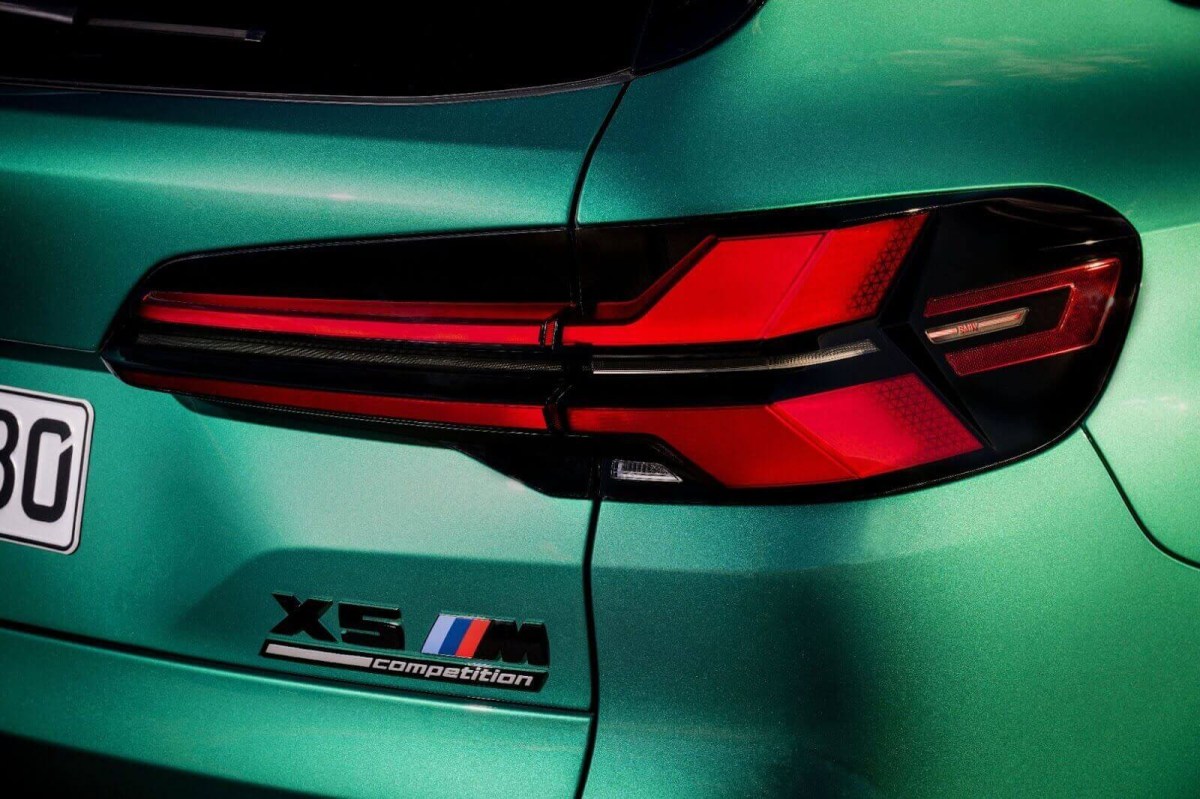
The Real Origin of BMW M Performance Colors
For BMW Motorsports fans, the three-color BMW M Performance emblem is truly iconic. The blue, violet, and red combination feature on several BMW models today. The tricolor icon is instantly recognizable, be it on badges, grilles, and even the seatbelts of BMW’s high-performance cars. But the origins of the M performance colors tie to the early days of BMW race cars and one failed partnership between manufacturer and sponsor.

The early days of BMW Motorsport Company
With executive Bob Lutz at the helm, BMW spun off a separate motorsport company to consolidate the brand’s racing efforts. It isn’t that BMWs weren’t racing before 1972. However, independent teams ran the Bavarian brand’s cars with little backing or oversight from the manufacturer.
As the head of sales and marketing, Lutz wanted to use racing to improve BMW’s marketing efforts. In doing so, he created the BMW Motorsport Company. Rather than an in-house tuning company as it is today, the original M Motorsport company was a separate entity from BMW proper. This meant it had a separate budget, goal, and its own M performance colors.
That meant cars like the Lamborghini-designed BMW M1 weren’t related to any road-going BMW models. It also meant that the company needed its own cash.
What is the meaning of the BMW M Performance colors?

Racing, even in the 70s, wasn’t a cheap endeavor. And the need for extra money meant seeking sponsorship. In its infancy, BMW Motorsport Company attempted to partner with oil giant Texaco. Blending the two brands meant pulling in BMW’s Bavarian flag-inspired blue and white with Texaco’s iconic red. The meaning of the BMW M performance colors is as simple as blending sponsorship with BMW’s identity.
However, that presented a problem. Red, white, and blue isn’t exactly a world-breaking combination. American, French, and even British race cars featured these color combinations before BMW M Performance came along. The direct link between a tri-color red, white, and blue stripe and a French flag was especially concerning for the German performance brand.
Instead, BMW and Texaco blended their three colors together. The bright Bavarian blue on one side, the bright Texaco red on the other. And in the middle, an overlapping of the two to create a bright, saturated purple.
Even though the partnership between BMW and Texaco fell apart before it hit the track, the blue, purple, and red color combo stuck, and the BMW M Performance colors were born.
BMW M colors remain to this day
The BMW M performance colors are iconic today, and can be seen on models throughout the BMW lineup. Even when BMW and the M Performance company fell under the same umbrella, the three-color scheme remained intact. The original purple is now more a dark blue, but that hasn’t changed the instant identifiability of the mark. Few badges carry the same immediate recognition as BMW’s tricolor emblem.
Those three colors immediately evoke the thought of performance, even in M Sport versions of the brand’s less hardcore models. And while the 2 Series Gran Coupe and three-row SUVs may not have fallen into the minds of those early M Performance engineers, the idea of using performance cars as marketing is still working to this day.




